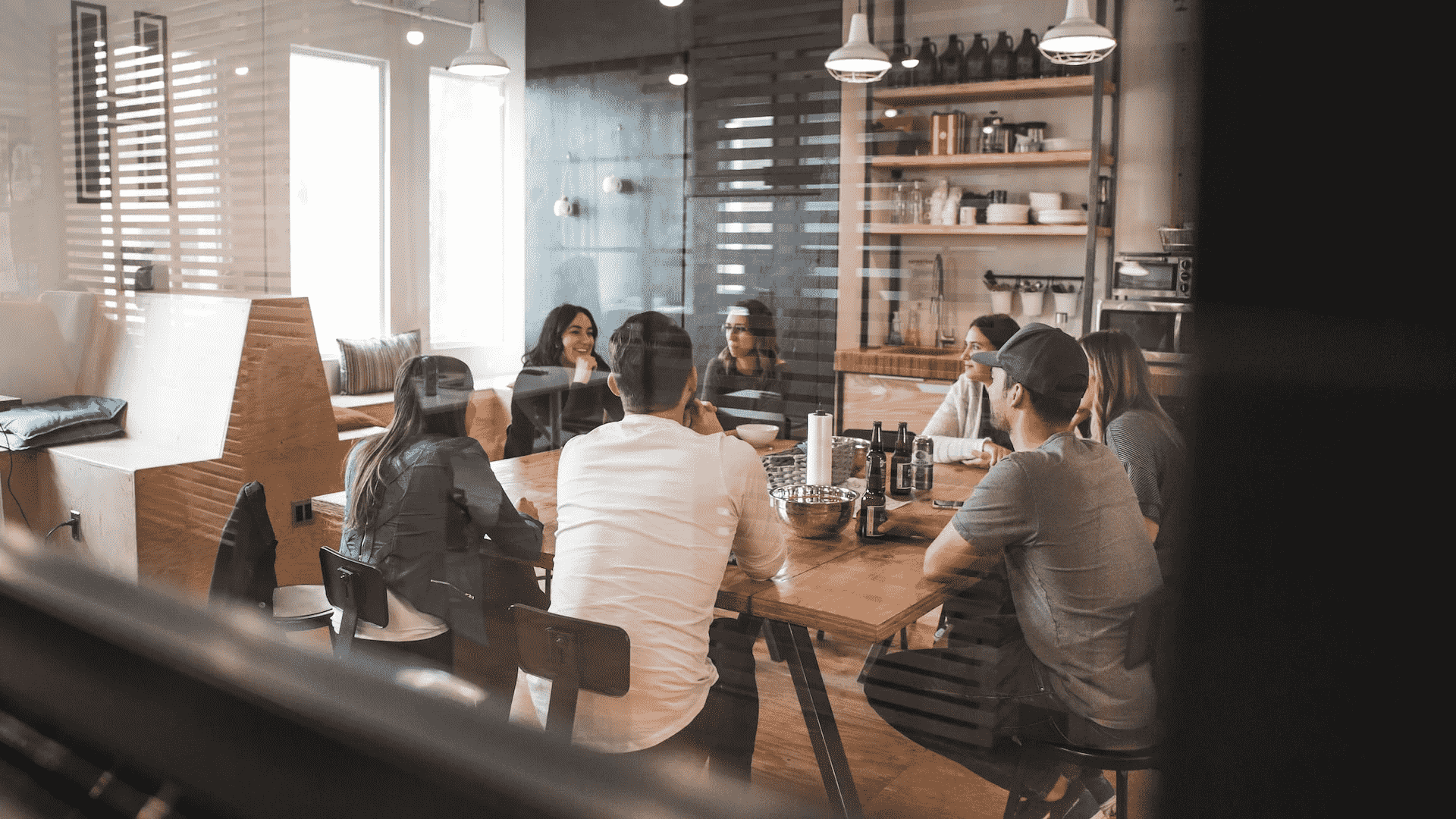
For B2B companies, lead nurturing is an integrated programme of permission-led, inbound and outbound activities that build a relationship between a company’s brand and its target buyers. It works on the premise that you cannot force people to commit to a considered purchase in a complex, often lengthy sales process. So rather than disregard prospects because their willingness to buy doesn’t meet your readiness to sell - you stay in touch until they are ready. At that crucial point, it is your brand they turn to first.
Here’s what the analysts say about lead nurturing in B2B
- Forrester research suggests that effective lead nurturing could generate up to 40% of your qualified sales pipeline
- According to DemandGen, on average, nurtured leads produce a 20% increase in sales opportunities over non-nurtured leads
- Research by Forrester shows that companies that excel at nurturing generate 50% more sales-ready leads at 33% lower costs
- InsideSales.com research shows that 35-50% of sales go to the vendor that responds first
- According to MarketingSherpa, 79% of marketing leads never convert into sales. Lack of lead nurturing is the common cause
In this two-part blog, we provide a very basic introduction to the concept of B2B lead nurturing. Part one will focus more on the foundations that the marketing team need to have in place to run an effective nurture programme, while part two is focused on the need to align with sales and track ROI.
Disclaimer: This blog is for anyone new to lead nurturing. If you already get it, you’ll likely find more value in many of our other blogs and insights.
Thought leadership content
Nurturing is about maintaining an ongoing, thought-provoking conversation with your target buyers. But rather than do it all through your sales people, now your thought leadership needs to do a lot of the talking.
Thought leadership content fuels your nurture programme. Without a continuous supply of timely, relevant and engaging content, you’ll quickly lose momentum. To avoid your nurturing ambitions going up in smoke, you'll need a medium to long-term thought leadership strategy focused on helping your market solve its complex problems and, in turn, selling your expertise.
Target account data
As the old saying goes, if you have eight hours to chop down a tree, spend seven hours sharpening your axe. At a very basic level you need a good quality data set to get going. Once you know your target buyer you can use that profile to identify primary data that can be used to start building your database like industry, size, business name, key contacts, email, phone numbers etc.
Start with your internal sources then identify gaps that might need to be filled by buying, building and/or cleansing data. The other really important thing is to have a central CRM tool that contains your master database and then capture all of the data updates, interactions, narrative and behaviour that will take place throughout your nurture programme. For best results, this should also integrate with your marketing automation tool.
With all our personal digital footprints expanding rapidly, there is so much more data that can be used to gain deeper insights into buyers’ needs and behaviours. By analysing how they interact with nurturing activities, you can take action to enhance their experience, to personalise communications, send more relevant content and even identify new business opportunities.
Source: 'Lead generation for the complex sale’, written by Brian J. Carro
%20(1).jpeg?width=1920&height=1440&name=note-thanun-1K4Gfl6i63E-unsplash%20(1)%20(1).jpeg)
Market sizing
Sizing your market is another essential step which you need to carry out in parallel with your data build. You need data to establish your total addressable market i.e. the total number of organisations that fit your basic customer profile. This is simply your total available market, assuming you had zero competition. Criteria include things like, size of organisation (e.g. employees or turnover), geography and industry.
Market sizing also helps you quantify your market opportunity. It enables you to determine realistic targets for your nurture programme, as well as make more accurate sales projections. Typically, between 10-15% of your market is in a buying cycle at any particular time – a useful stat to bear in mind when assessing the year-on-year potential in your target market.
Multi-channel integration
The drive here is to employ multiple tactics to direct interactions with your target buyers as frequently as possible. But that doesn’t mean carpet bombing them to the point where they shut you out completely. More activities, more often, more personalised – push, pull, online, offline – all of this will result in exponentially more enquiries, leads, and sales.
You’ll need a strong over-arching plan, a realistic budget, and the infrastructure in place to make it work. A marketing automation system (MAS) will be a significant enabler in making sure you can scale your activity.
Maybe the point has been laboured enough already, but the other essential element in supporting multi-channel integration is thought leadership content.
Nurture campaigns and cadence
Timing is key for nurturing. You must ensure the frequency of your communications is acceptable. There are a number of things to consider such as the typical duration of a buying cycle, the variety of channels and your ability to leverage real-time news. A good rule of thumb is that once a week is too ‘in your face’, whilst once a month is too passive.
Soon after you have commenced your nurture programme, you’ll begin to see patterns of behaviour emerging. Your MAS will enable you to set-up, test and tinker with different nurturing workflows (i.e. campaigns), which adapt to individuals based on scoring thresholds.
For example, as a contact crosses a more active threshold they may receive different content more applicable to advanced buying phases. The frequency of communications may also increase and an improved score may also trigger a prompt for an inside sales person to make a call.
The most common workflows include ‘keep in touch’ campaigns focused on brand building with inactive prospects, and ‘accelerator’ paths which seek to move buyers along their journey. ‘Closed loop’ is also used to re-qualify promising prospects which become dormant. It’s important to recognise that behaviour-based campaigns won’t guarantee results, but they do stack the odds more in your favour.
To learn more about how lead nurturing needs to work hand in glove with sales, as well as your key reporting considerations, go to part two of this blog.
We’re here to help you do marketing that actually works.
Related insights



